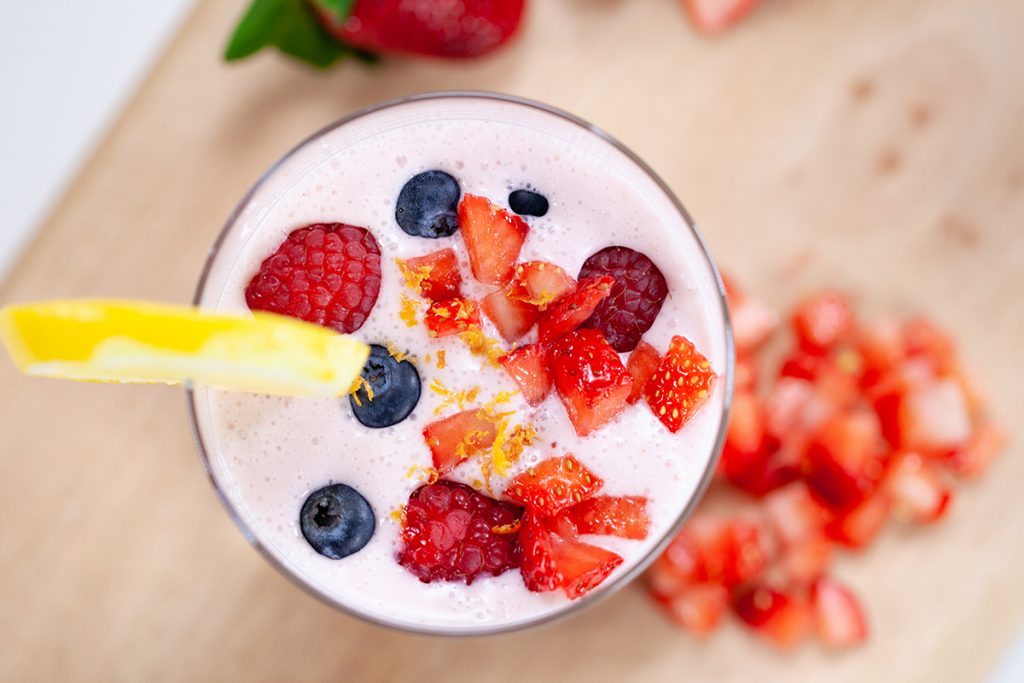How many times have you been told to “listen to your gut,” that feeling inside that helps guide your decisions? While that sixth sense guidance can be helpful, listening to your actual gut could be one of the best health decisions you make. The gut microbiome, made up of the microorganisms that live in our intestinal tract, and gut health have gained attention in the medical community for their links to whole body health and wellness. Research supports us supporting our guts and one way we can do this is by adding fiber to our diet.

“The recommended amount of fiber a day for women over 50 is 21 grams and 30 grams for men over 50,” says Jenny Nixon of NexJen Consulting, LLC.
Fiber Content of Common Foods (standard serving size):
Fiber One Bran Cereal 18.0 grams
Navy Beans 9.6 grams
Popcorn 5.8 grams
Broccoli 5.2 grams
Avocado 5.0 grams
Blueberries 3.6 grams
Almonds 3.5 grams
Banana 3.2 grams
*Source dietaryguidelines.gov
Add More Plants
Fruits and vegetables are a great source of fiber and a necessary ingredient for gut health. Grab your favorite fruit or veggie to give your gut some good plant-based fuel, but plan to eat a lot of different fruits and veggies. “The diversity of plant fibers is what matters. We want a diverse microbiome, and a diversity of plants is required for that,” says Dr. Sunana Sohi, gastroenterologist at Gastroenterology Health Partners. Eating the same fruits or veggies over and over will not be as beneficial as consuming a wide array of plant-based options. As a goal, Dr. Sohi suggests trying to consume 30 different plant-based items each week. This total includes not only fruits and vegetables, but also herbs, spices, legumes, and grains.
Does this mean you need to go vegetarian or vegan? Not quite. Making a conscious effort to increase your plant-based food intake and decrease your overall consumption of animal-based foods (meats and dairy) is a good place to start. “The idea is that you want to have a plant-forward diet,” says Dr. Sohi.
Strategies for Increasing Plant-based Foods in your Diet
Increasing your intake of plant-based foods can seem daunting, especially if you have a meat and potatoes diet. The key is to focus on incremental change and to embrace new and different foods. “This is more of a lifestyle and can be developed gradually over time. It should be about what can I have versus what I have to take away,” says Dr. Sohi.
There are several ways to help increase your fruit and vegetable intake. First, prepare fruits and vegetables so they are ready to eat. “After getting your groceries, take some time to wash or cut your veggies and fruits. This extra step will save time later in the week when everything will be prepped for either snacking or cooking,” advises Jenny. Second, try drinking smoothies that incorporate a variety of fruits and veggies. Kale, cucumber, spinach, and carrots can all be incorporated into smoothies with fruits such as bananas and berries. Banana and cinnamon are really great ingredients to ‘hide’ any bitter flavors that a veggie might lend to a smoothie. Finally, try different methods for preparing fruits and vegetables. Grilling and roasting are two ways to add unique flavor and texture.
Additional gut health resources:
Fiber Fueled by Will Bulsiewicz, M.D.
How Not to Die by Michael Greger, M.D.
By Tami Pyles
Leave a Reply